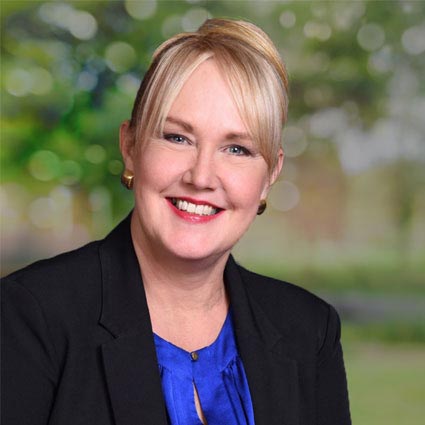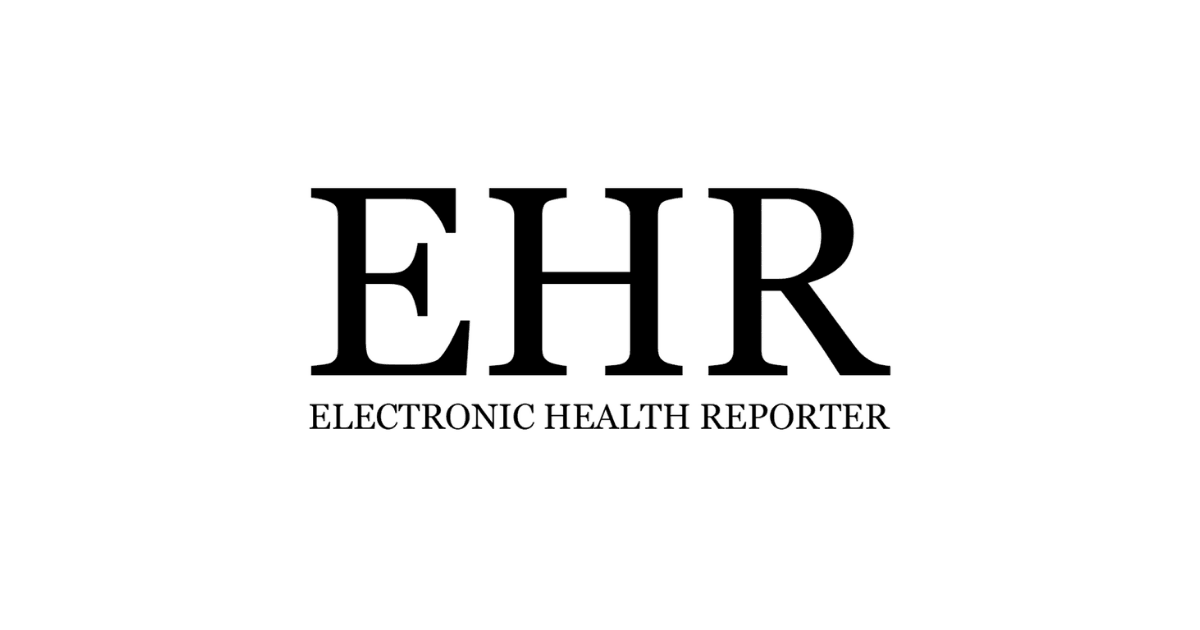Why Healthtech Needs More Female Leaders
JANUARY 18, 2023 – Women occupy 65% of the healthcare workforce yet seem to be missing in C-suite roles, holding approximately 30% of senior leadership positions and a mere 13% of coveted CEO titles. With female consumers making the majority of buying and usage decisions when it comes to healthcare products and services, the disparity between female leaders and end users in the industry is difficult to ignore.
In fact, we must pay attention to this gap that is slowly closing at a snail’s pace, as fortune 500 healthcare company boards slightly grew female leadership from 22.6% in 2018 to 26% the following year. And although U.S. hospitals tend to have more women at the top, a 2019 Rock Health report revealed that the metric of female representation is just over 37% in this arena. Certainly, progress is being made, but the diversity of welcoming women into leadership roles in all facets of healthcare – particularly healthtech – is crucial to meeting the diverse care needs of all patients and consumers across the board.
Diversity is a Must in the Industry
Spanning all industries, diversity is crucial at all levels of the workforce. Not only is it socially the right thing to do, but studies prove that a diverse workplace improves financial returns by 35%. Additionally, having a variety of perspectives boosts innovation, creativity, decision making, and opportunities to reach new customer demographics like never before.
Inclusive companies are almost two times more innovative and are better at making decisions 87% of the time. Similar to how diverse voices drive business outcomes, gender diversity is needed to continue pushing tech advancements in healthcare to deliver improved care for people of all backgrounds.
In the healthtech sphere specifically, women make up 20% of executive roles at the top 100 medical device companies. While many companies are hiring diversity and inclusion leadership roles to quicken the pace of change in the lack of diversity in healthtech, it’s crucial to share how gender diversity is taking control of the market and benefiting the industry. As a female executive of a telehealth platform with over 15 years of industry experience, I have seen significant growth as well as process and product improvements in our company – a company that is proud to possess a workplace culture that has been recognized by Forbes, Comparably, Inc. Magazine, Modern Healthcare, USA Today, and San Diego Magazine.

Pamela Gould, RN, MHA
Chief Growth Officer
Pamela Gould, RN, MHA, is a registered nurse with an extensive clinical background, who brings over 20 years of healthcare industry experience in nursing and healthcare sales leadership. Pamela’s healthcare career began with clinical nursing in the acute, sub-acute, home-health care, and case management settings. As her experience grew, she transitioned her focus to healthcare sales, sales management and training within the specialty pharmacy, provider and payer contracting industries.
Throughout Pamela’s career, she has had proven success in team leadership, strategic planning, market analysis and business development, significantly growing employer revenues and profit margins. Prior to joining AristaMD, Pamela served as the senior vice president of payer strategies for Happify Health, a digital therapeutic solutions company headquartered in New York, NY. At Happify, she oversaw national sales efforts to managed care insurers. Pamela holds a master’s degree in healthcare administration from Worcester State University and a registered nurse (R.N.) degree from Becker College. She is an active member of the American Nurses Association, American College of Healthcare Executives, and The Project Management Institute.
Pam is a nature buff who enjoys spending her free time hiking, gardening, or partaking in winter sports with friends and family. She also enjoys antiquing and integrating new finds with her love of interior design.

One of the most severe consequences of the ongoing difficulties with specialty care access is a substantial increase in wait times among patients seeking a specialist appointment. The increase in appointment wait times increases the risk of avoidable complications and shifts the healthcare industry from proactive to reactive care, which is less effective and more costly for all parties involved. Further, while waiting for appointments, patients often seek care in less appropriate and more costly settings such as the emergency room—and indeed, a recent study notes that as many as 71% of emergency room visits are unnecessary and avoidable.
Efforts to streamline delivery of care have spurred an increasing prevalence of value-based payment arrangements, and primary care—the linchpin and front line of care—has emerged as a major catalyst for improving the efficiency and effectiveness of healthcare. Functioning as an effective primary intervention, primary care supports reduced wait times by optimizing time and place of care to treat a greater percentage of lower acuity patients, freeing up specialist queues for higher acuity patients.

